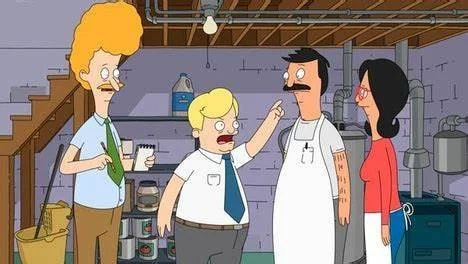Imagine this.
By: Jenna Olson
It’s your neighbor’s annual barbeque. You show up with a dish of your grandmother’s ambrosia salad, squeeze it onto the table between the brat buns and sweet corn salsa, and load up your plate. There are some new faces at the picnic table—this must be the family that just moved in across the street. You sit down, make introductions, and then comes the question: “What do you do for work?”
What do you say? “I work in public health.” A likely answer. But do they know what that means?
Let’s say your new neighbor hasn’t got a clue what public health does. It probably makes them think of the pandemic. Or maybe it conjures an image of Hugo the health inspector from the cartoon Bob’s Burgers. How do you explain your work to build understanding?
What do people picture when you say you work in public health?
The question of how is essential. And there’s good news. There is a lot of evidence we can draw from to help guide choices we make about what we say or don’t say, what we explain or define, and the examples, stories, and metaphors we use. Did you know, for example, that the first thing you say about a topic can have a huge impact on the perceptions and judgements that follow? And a common theme across the research on public health communication is that when we lead with shared values, we connect with people on an emotional level and find common ground. Doing this can be pretty simple, since our field is rooted in things that many people across spectrums of politics, place, and identity hold dear—things like opportunity, community engagement, innovation, access, and (of course) health.
So, the next time you find yourself explaining your work—the next time someone assumes you work at a hospital or inspect restaurant kitchens—think about the values that got you excited about working in this field in the first place. Start there. You’ll want to put your own spin on it, but it could sound something like this:
“In public health, we work with local communities to make sure everyone has the opportunity to be healthy, no matter who they are. We diagnose and solve problems before they happen. We work to remove barriers people face to living their healthiest lives.”

